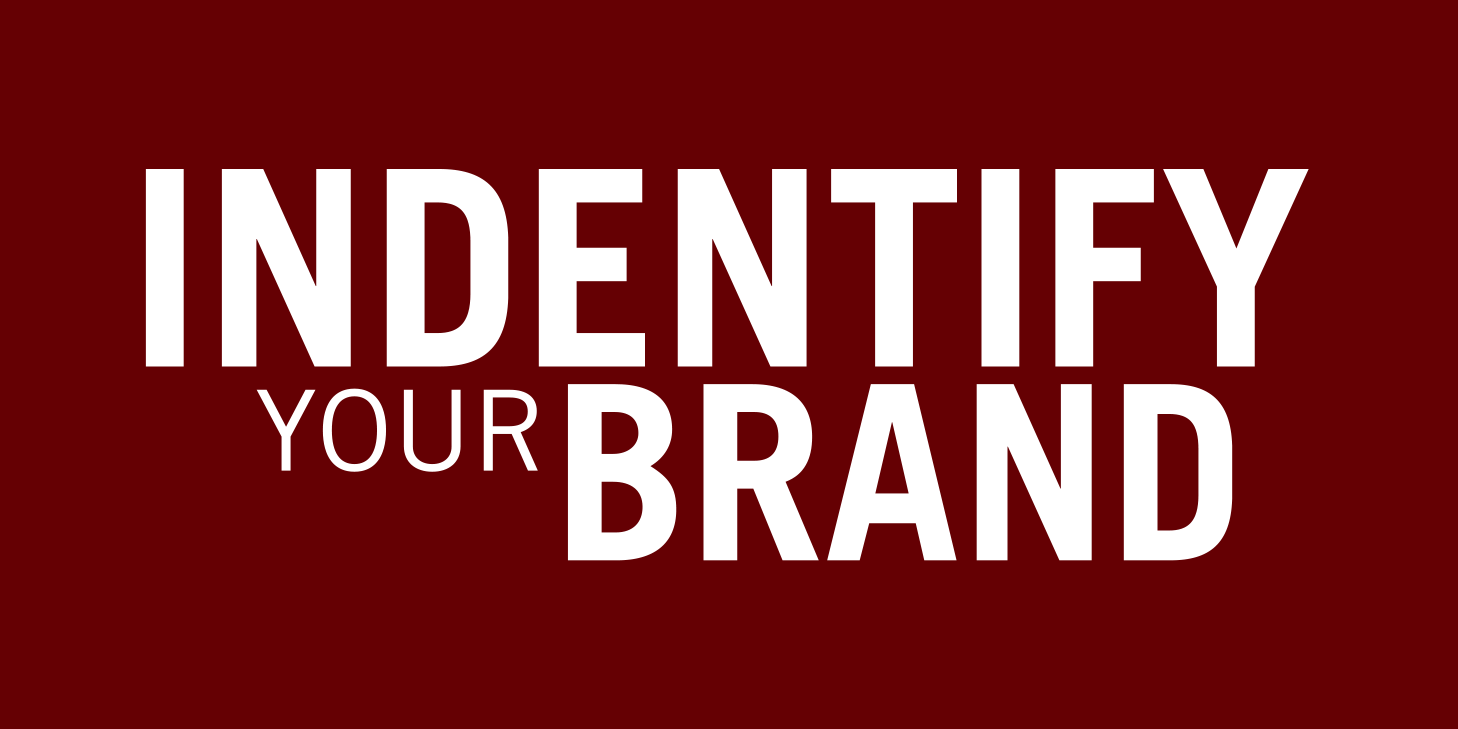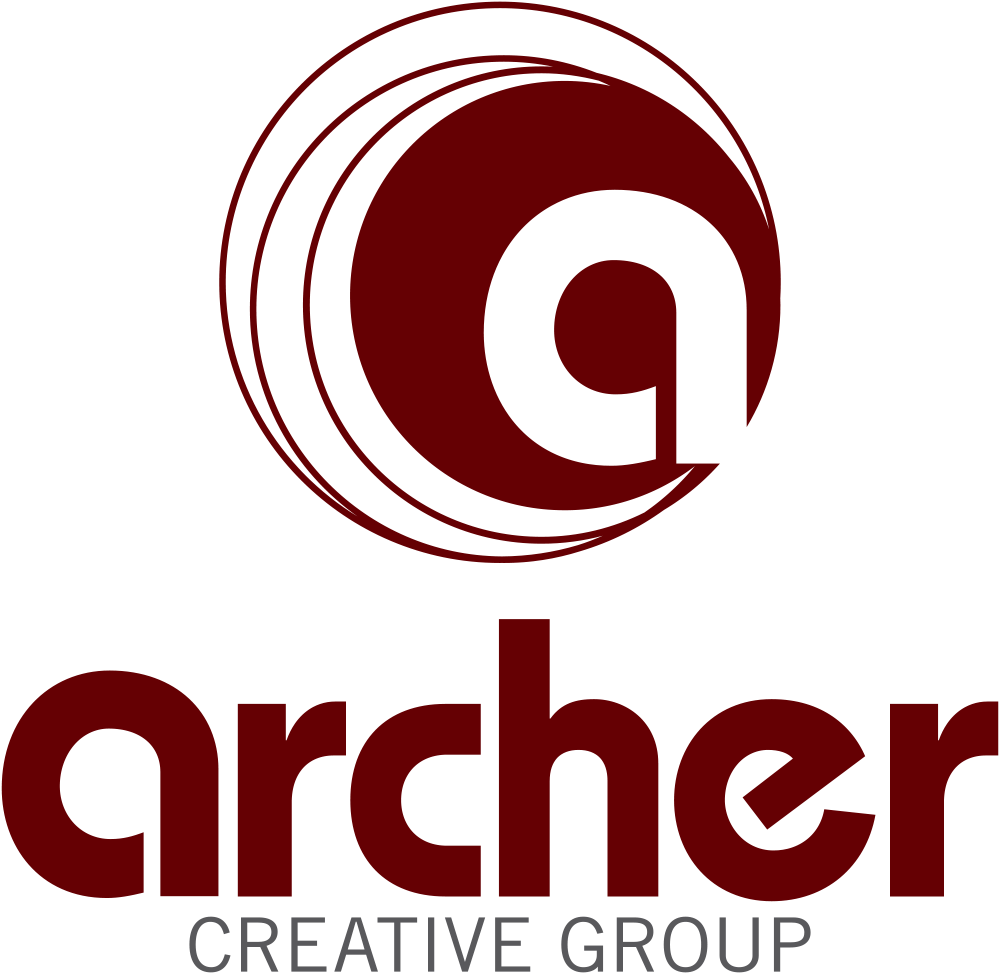
Your Brand Identity
The key to successful branding is consistency. Having a consistent look and message helps your clientele understand not only the exact services you provide, but also reinforces in their mind your level of commitment and quality.
But consistent at what? Repeating the same mistakes over and over again is just as bad (if not worse) than presenting an image that is all over the map.
So, let’s begin by identifying what a brand identity actually is.
Your brand or brand identity is how the world sees you. Is your organization uptight, stuffy and serious? And I mean, that sounds bad, but if you’re a bank or law firm, that’s pretty much the perception you want, right? Are you casual and laid back? Sounds good, but that can easily go too far and come across as unprofessional or give the impression that you are unable to help. Striking the right tone will depend on your own individual personality and also be shaped by knowing and understanding the needs of those you serve. …Always be true to who you are and never forget who you serve.
From your logo and stationery, to the clothes you wear, to the size and shape of your office, to the way you answer the phone, everything your clients see reinforces your brand. It shapes in their mind an image of who you are, what you do and how well you do it.
There are several components to your brand identity.
• values
• voice
• visual
If all of this is beginning to sound overwhelming, don’t worry. It’ll get a lot more daunting before we’re done!
However, we’re going to break it down with a few simple questions to help.
4 QUESTIONS
1. What are your core values and what is your mission statement?
Think of your core values as your guiding principles. They provide meaning to everything you do. They shape decisions, inspire direction, improve morale and define direction.
When you follow a set of core values, suddenly everything becomes easier. Complex decisions become simple because you eliminate options. Sometimes your organization is faced with a decision in which there are many right answers. Where should we spend our money, which way should we go? Often knowing exactly what you stand for can provide clarity on where you should go.
Knowing and following your core values inspires your team as well. They can see how each decision is thought out and it gives everyone a common purpose. When everyone is on the same page and working together towards a common goal it just makes work more fun.
Your mission statement is nothing more than a short, concise declaration of your purpose and goals as well the type of services your provide.
An effective mission statement explains:
• what you do
• how you do it
• why you do it
When you use your core values to craft your mission statement, you’ll have a wonderful road map for everything that follows. Your purpose will become clear and you will know exactly what your goals are for success.
2. If you could only use 3 words to describe your organization, what would they be?
Let’s take things back to a super simple level. If you don’t have a mission statement (or even if you do) what are the three words you use to define your organization. They can be very basic or words that are completely unique to you.
I’ll give you a minute to think about that.
Examples:
• fun
• creative
• caring
• serious
• stable
• inventive
• dependable
• approachable
Your brand identity should should be true to who you are. Do the words you chose match the image your clients have of you?
3. What makes your organization unique?
In the business world, this is called your value proposition. It’s the product or service a business provides and why that product or service is better than those of everyone else. As a non-profit, it’s simply knowing what you do well. Really well. What is the niche that your organization meets better than every other organization in your area?
One thing that’s unique to non-profits is that it isn’t a competition. Or it shouldn’t be. It’s about seeing a need in the community and filling it. What need do you fill? Maybe you run a food pantry. You likely aren’t the only one in your area. But what makes you different? Is it your operating hours? Your location? Your staff? Knowing what makes you stand out helps to define your target audience.
While we’re on that, knowing the unique needs of the people you reach is crucial. You’ll build your entire marketing strategy around their unique needs and desired goals. And, it helps evaluate your branding. You may have a brand identity that perfectly describes your organization and a mission statement that perfectly and succinctly defines your purpose but if it isn’t meeting the need in your community, well, let’s just say you’ll have issues.
4. How do you define your brand visually?
Now that we’ve defined your purpose, the why of what you do and started to hone in on what you do better than anyone else, it’s time to look how you tell your story visually.
As we discussed earlier, your brand is how the world sees you. You need to control that image so that works most effectively for you. Primarily you do this through use of color, fonts, and imagery.
Did you know there’s a psychology of color? Color evokes emotions. Colors portray certain inherent messages (think UT orange for instance). Colors can increase the perception of strength. Some colors are associated with passion, some with health and others trust or cleanliness. Research* reveals people make a subconscious judgment about a person, environment, or product within 90 seconds of initial viewing and that between 62% and 90% of that assessment is based on color alone. So, obviously color should be an important consideration in your brand identity.
Raise your hand if you use Papyrus or Comic Sans**.
The fonts you use in your logo and especially your marketing materials can say a lot about your brand identity. Again, going back to your core vales and mission, what image are you trying to convey? Strength and security? Modern, youthful and fun? It’s important to make sure you’re using the right font for the job.
What imagery are you using, particularly on social media? Make sure your visuals are related to your core values as well. Think before you post. Did you save money by using free clip art you found online? Great! But does it match your brand? Does it speak to your mission? Does it reach your specific client? …Bad visuals can be worse than no visuals at all.
I can’t emphasize this enough. Do you have brand guidelines? If so, use them. If not, develop them. Consistency is vital. Having good brand guidelines are as important for your visual brand as a good mission statement is for your brand voice.
You may be feeling really good about your brand identity, what it is, and how you share it. If so, that’s amazing! Go forth and change the world!
Or perhaps you’re a bit disheartened. Are you realizing that your brand identity isn’t clearly defined? If so, don’t give up and definitely realize that you aren’t alone. Most of us are in the same boat. We’re working so hard just trying to get things done each day that we don’t stop to consider each Facebook post or every flyer we design. But now you have the tools. You know the questions to ask. Start by defining your values and mission, think about how you are perceived, know why you are unique and then develop and follow a good set of brand guidelines.
Remember:
Consistency. Consistency. Consistency.
Congratulations! You’re well on the way to not only defining your brand identity but implementing the best marking plan possible!
*CCICOLOR – Institute for Color Research
** Don’t. Just don’t.


Recent Comments